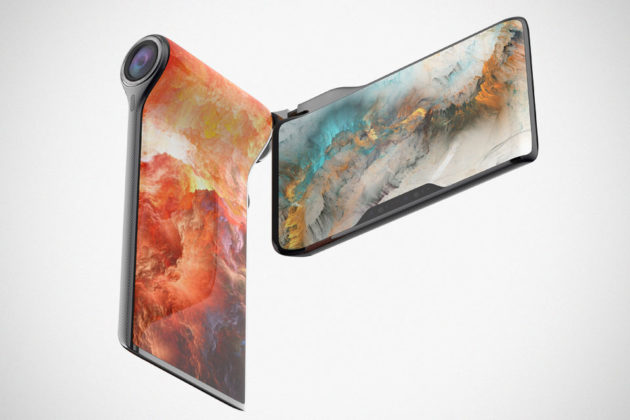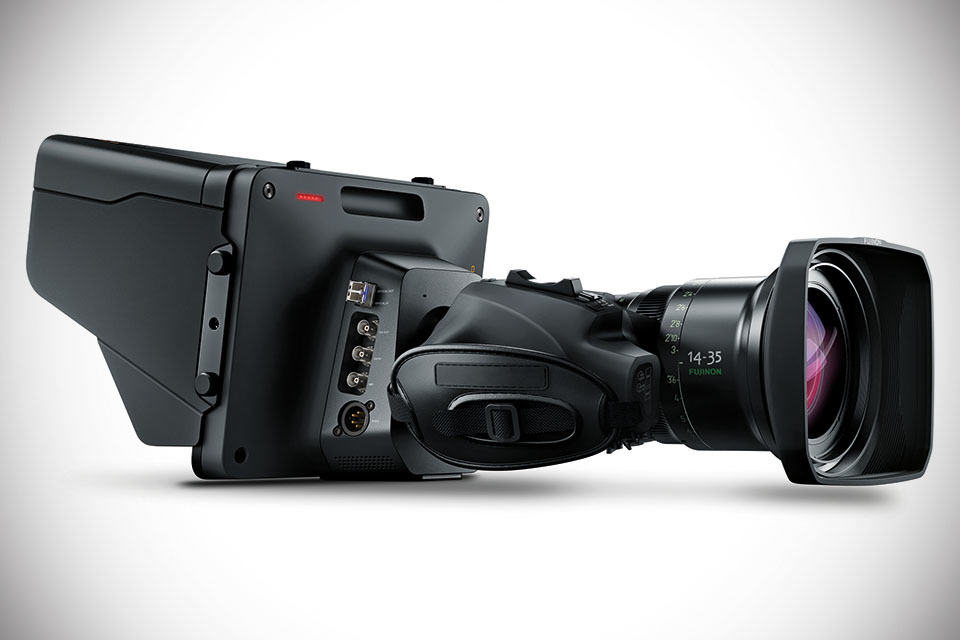Well, what do you know? Turing Space Industries (formerly, Turing Robotic Industries) has announced its over-the-top, out-of-this-world smartphone, HubblePhone, will be available for pre-order starting December 13, 2018, at 17:00 UTC. Unlike the pre-order you have accustomed to, the pre-order is not quite a straight forward process.
Turing Space Industries is going with a “Crypto Pre-Order Campaign.” But what the hell is “Crypto Pre-Order Campaign”? Simple explanation would cryptocurrency, but not just any cryptocurrency; it is a crypto token created by TSI called HubbleCard Token (token symbol: HUBB). Here’s how it supposed to work according to TSI:
“TSI has created a crypto token named HubbleCard Token (token symbol: HUBB); each outstanding HUBB will have an equivalent USDT reserved in TSI’s crypto off-line wallet for a quarterly audit by a trustworthy independent 3rd party entity. USDT is a stablecoin created by Tether which is pegged to the US dollar.”
“HUBB is a new stablecoin derivative in which each outstanding token is backed by a specific stablecoin which is pegged to a fiat currency. In this case HUBB is pegged to Tether’s USDT.
1 HUBB ≈ 1 USDT ≈ 1 US Dollar”
Like I have said, the pre-order is not straight forward. During the Crypto Pre-Order Campaign, three HubbleCards, each with a different values corresponding to a different model of the HubblePhone K3-XR will be offered. Speaking of which, three models will be offered: HubblePhone K3-XR Copernicus, HubblePhone K3-XR Cassini, and HubblePhone K3-XR Herschel. Payment for the pre-order is by Bitcoin or USDT. Here’s how it is going to play out:
“Firstly, you will need to create an account on the HubblePhone website.
Once your account has been created, you will be required to supply your shipping and contact information.
When you are ready to make your pre-order, select one of the HubblePhone K3-XR models along with the number of units you desire to purchase, the page will automatically display the most up-to-date total pre-order price in BTC or USDT.
Simply transfer the BTC or USDT amount to the BTC or USDT wallet address specified on the page.
Once the transfer payment is completed, TSI will validate and confirm the pre-order and issue a physical HubbleCard to be delivered to the specified shipping address.”
Why Turing Space Industries is doing this? Obviously, to lock in the money. That, if you ask me, makes me feel a bit uneasy. Why? First, this is a very expensive device (starting price is $1,850, btw). Secondly, the features it touts are kind of borderline fantasy tech. Perhaps the most shocking is, the device will only available at the earliest, December 2019.
Copernicus is the earliest to be available in December 2019 while Cassini and Herschel will only be available – believe it or not – April and July 2020, respectively. Holy… maybe by the time, those features won’t be fantasy anymore? But, really, I don’t see smartphone getting 30 GB of RAM and 1.5 TB of onboard storage even in 2020. Then again, who am I to say so, right?
These devices will be 5G phones, btw – thanks to the latest* Qualcomm Snapdragon 855 Mobile Platform that offers 5G radio, AI and XR. Though, we can’t say it will still be the latest by 2020 and I am very sure Android 9.0 will be old by then too.
Specs-wise, the three devices looks pretty much the same, differing by display and the obvious physical size; they also differs by the RAM and storage in which the Copernicus will have 8 GB + 256 GB memory, while Cassini will be bestowed with 16 GB + 512 GB memory, and the Herschel will get a whopping 30 GB RAM and a mind-blowing 1.5 TB onboard storage.
As for the prices, Copernicus is asking for $1,850, while the Cassini costs $2,750 and the Herschel commands a cool $4,250. Wow. Not that I am going to pour cold water over this… but given the time-to-ship, the exorbitant stickers, and the out-of-this-world tech promised (mainly on the display), I’d be surprise if it will be over subscribed. Just saying…
All images courtesy of Turing Space Industries.







